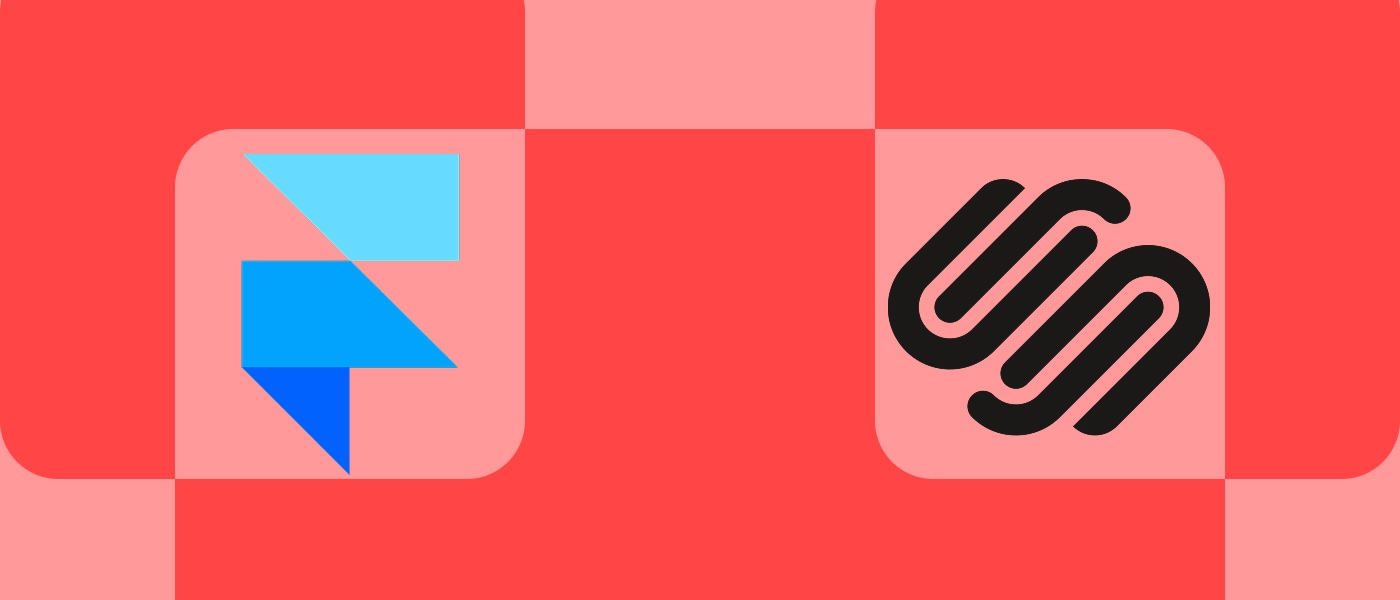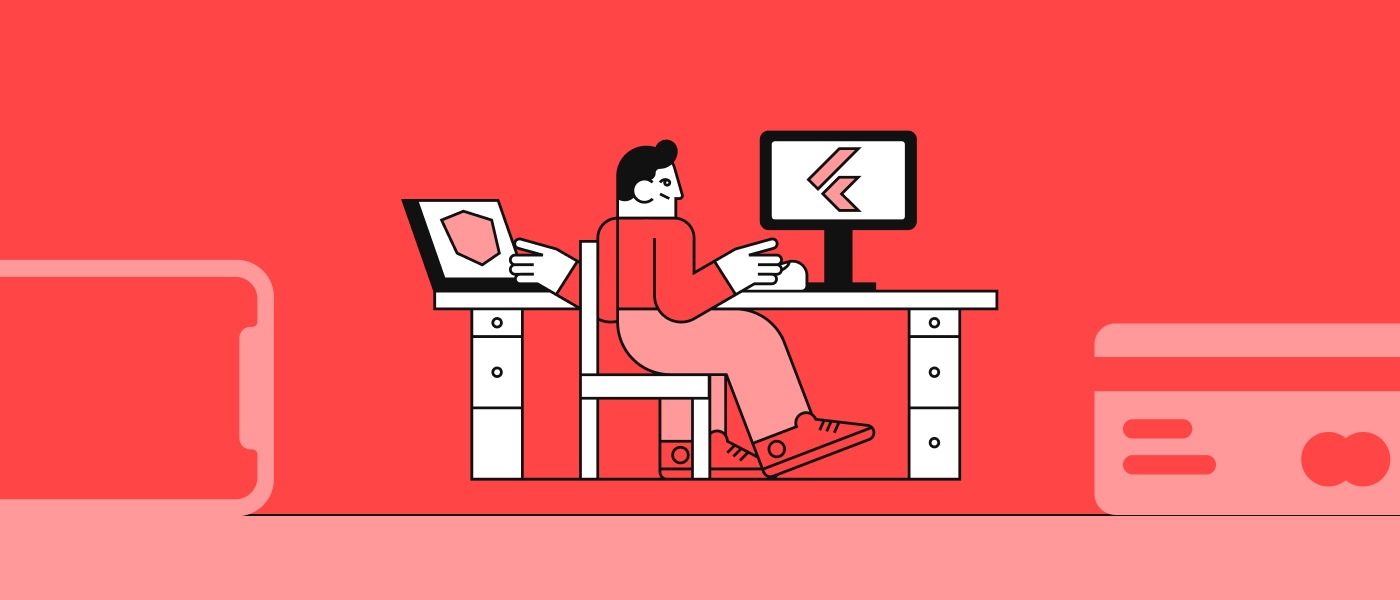How to Break Into UX Research?

A practical guide to breaking into UX research: what qualifications you need, what a UX research career path looks like, and how to get started.
How to Break Into UX Research?
The demand for UX researchers is rising fast—and the field is surprisingly open to people who bring curiosity, empathy, and rigor from a wide range of educational and professional backgrounds.
Introduction to UX Research
UX research studies how people use products so teams can make smarter decisions. You uncover where users succeed, where they struggle, and what blocks value. The outputs can be usability findings, quick summaries, or full insight reports; the mission is to reduce risk so the team builds the right thing in the right way.
You will use qualitative methods like interviews and diary studies, and quantitative ones like surveys and basic analytics. Your job is to pose clear questions, choose sound methods, and turn raw notes into practical guidance that a team can act on. Because you sit between design, product, data, and engineering, you become a connector who helps everyone share the same view of the user.
Great researchers tell clear stories and think critically. You will champion user needs with evidence, question shaky assumptions, and prevent overreaction to a single session or a noisy metric. Done well, your work sharpens strategy and improves the experience over time. If you want structure or coaching as you learn, our team can help you choose the right methods and build a simple plan.
UX Researcher Responsibilities
Your week will mix planning, research, and communication. You align on goals, define hypotheses, pick the right method for the risk, and scope a study that fits the timeline. One day you outline a moderated usability test. Another day you pilot a script. By week’s end you synthesize patterns and draft recommendations that answer the original questions.
Analysis and storytelling take real focus. Synthesis is not just note taking. It means clustering data, spotting themes, sizing impact where possible, and linking each finding to a clear decision. You will tailor the message for different audiences: detailed flows for designers, crisp risks and trade-offs for product managers, and measurable outcomes for leadership.
You also handle research operations. That includes recruiting the right participants, managing consent and privacy, maintaining a repository, and setting light processes so research scales. As the org matures, you may train teammates in research basics. If you need templates or tool stacks to get started faster, we can help you set them up.
UX Researcher Qualifications
Your degree is less important than your skills. Hiring managers look for proof that you ask sharp questions, pick valid methods, and turn data into action.
- Research methods: interviews, usability testing, ethnography, surveys, card sorting, tree testing, diary studies, and A/B basics.
- Analytical thinking: bias awareness, sampling, triangulation, qualitative coding, and lightweight statistics.
- Communication: concise reports, clear storytelling, and neutral facilitation.
- Collaboration: working with design, product, engineering, data, and legal while scoping to business timelines.
- Tools: Figma for flows, a wiki or repository tool, remote testing platforms like Lookback, UserZoom, Useberry, or Maze, spreadsheets for analysis, and optionally SPSS, R, or Python.
- Soft skills: empathy, curiosity, resilience, a bias for practical impact.
UX Research Career Path
Early-career researchers build core craft. You will run usability tests, short surveys, and quick interviews with guidance, while you practice clean note taking, tight synthesis, and simple reporting.
Mid-level researchers run end-to-end projects and influence roadmaps. You choose methods, manage ops, mix qual and quant, and start mentoring others.
Senior and lead researchers shape strategy. You map programs to business goals, set standards, and connect insights to measurable outcomes. From there you can go deeper as a principal IC, lead a team as a manager, or specialize in research operations to scale tools, governance, and participant programs. If you want a personalized growth plan, we can help you map it to the roles you want.
How to Become a UX Researcher With No Experience
Start small and make it real. Pick a product you use daily, write a testable question, and run a quick study with three to five participants. A small but rigorous project teaches more than weeks of reading, and it gives you portfolio pieces.
Then collaborate. Partner with a designer friend, join a student, startup, or community project, and offer to run discovery interviews, journey maps, or concept tests. If you cannot reach real users, run scrappy tests with peers and label the limitations. Show how you adapted your method to the constraint.
Document your process. Hiring teams want to see how you framed the problem, why you chose certain methods, what you found, and how it changed a decision. A clear write-up with honest limits signals maturity. If you want a simple project brief and study kit, our team can help you get moving this week.
How to Get a Job in UX Research
Be targeted and evidence-based. Look for roles on LinkedIn, Wellfound, company pages, and research communities or Slack groups. Search terms include UX researcher, design researcher, insights, mixed methods, and research operations.
Your portfolio should have two or three deep case studies. Include the problem, your method choices, recruiting, artifacts like guides or scripts, synthesis outputs, and the impact on the design. Call out constraints and what you would do next.
On your resume, lead with outcomes and scope. For example, Reduced checkout errors by 18 percent through moderated testing with 12 participants; informed redesign of address flow. Quantify where possible and highlight cross-functional work.
Prepare for interviews with a 30 to 40 minute case walkthrough. Practice neutral interviewing, pilot your usability script, and be ready to explain what you would change if you ran the study again. After you apply, do focused outreach. Ask researchers for a brief chat about their team’s goals and share why your background fits. If you want tailored feedback on your case stories or mock interviews, we can help you tighten them.
Alternative Backgrounds That Transition Well Into UX Research
Psychology and cognitive science bring experimental design and bias awareness that translate into product-ready studies. Marketing and customer insights add segmentation, survey craft, and strong messaging sense; you will learn product lifecycles and usability rigor.
Customer service and support give you direct exposure to pain points. You can turn patterns from tickets into research questions and help teams weigh impact. Educators and social scientists know facilitation and qualitative analysis; with basic tooling and product context you are ready for discovery and concept testing. Data analysts add quantitative depth for surveys, metrics, and A/B tests, while they build interviewing skills for mixed-methods strength. If you want a conversion plan that maps your past work to research artifacts, our team can help you package it.
Frequently asked questions
What does a UX researcher do daily?
You align on questions with PMs and designers, recruit participants, run sessions like interviews and usability tests, and synthesize data into patterns. You present clear recommendations that tie to product decisions. Between studies, you maintain repositories, improve processes, and coach teams on research basics.
Do I need a design degree to become a UX researcher?
No. Degrees in psychology, HCI, anthropology, information science, data analytics, or a different field, plus strong project examples, can all work. What matters is method fluency, clear reasoning, and proof that your work improved a product.
Can I become a UX researcher with no experience?
Yes, if you create experience. Run small studies, volunteer on student or nonprofit projects, and build two or three solid case studies. Show process, decisions, and impact, and note limitations with what you would do next.
What tools should I learn to become a UX researcher?
Learn one remote testing platform, spreadsheet analysis, a repository or wiki, and basic design tooling for flows and prototypes. Add survey craft and light stats. Anything beyond that is a bonus, not a blocker.
How long does it take to break into UX research?
For many career-switchers, three to nine months of focused work can make you competitive. The actual timeline depends on your starting skills, study time, and how quickly you ship case studies. If you want a roadmap that fits your schedule, our team can help.













